What Lungs Look Like After Smoking One Pack of Cigarettes
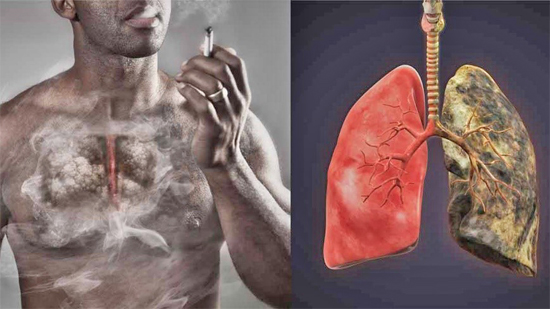
We’ve come a long way when it comes to recognizing the dangers of cigarettes, yet many still indulge in this deadly habit. While Statistics Canada has seen a decline in heavy smokers compared to a decade ago, they have found that light smoking is increasing. While this may seem like a small victory, no amount of smoke intake is good for our overall health, and smoking can take off up to nine years of your life. It’s a well known fact that smoking cigarettes increases your chances of developing cancer, particularly lung cancer, which causes more deaths than any other type.
If you’ve ever seen a cigarette pack in recent years, it’s likely you’ve noticed the graphic warning labels. It’s hard to determine if this tactic has been effective in deterring people from smoking, or whether these images are just numbing people to the reality that this weekly purchase is slowly killing them. The effects are quite gruesome and rarely lead to a quick death, but rather a steady, debilitating decline.
Aside from leading to a higher risk of lung cancer, cigarettes increase risk of developing cancer in the mouth, lips, throat, larynx (voice box), and oesophagus. It can cause further damage to lungs, leading to chronic obstructive pulmonary disease (COPD), including bronchitis and emphysema. Smoking affects and damages heart and blood circulation, increasing risk of coronary heart disease, heart attack, and stroke.
YouTuber Chris Notap decided to conduct an experiment to showcase the immediate physical effects that smoking has on our lungs. Of the experiment, he said: “I decided to do my own small test with cotton balls to determine the real effects of smoking a pack a day and what it does to your mouth, throat and lungs not to mention how it compromises every system in your body in order to try to tell you to stop smoking and stop slowly killing yourself. The effects of smoking on your body are no secret and if you don’t know by now, here is another reason why you need to quit smoking.”
Chris fills a glass container with cotton balls and uses a suction pump to suck the smoke from cigarettes, which is then pulled through the jar. After 20 cigarettes are sucked through the container, the cotton balls reveal a sickly brown colour released by the toxic chemicals. He also shows a clip of the pump’s tube, which acts as the throat. It too is filled with a gooey brown tar.
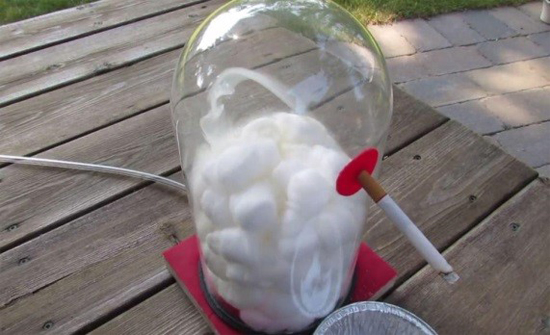
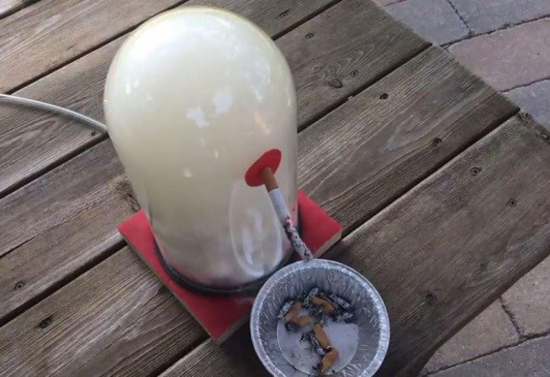
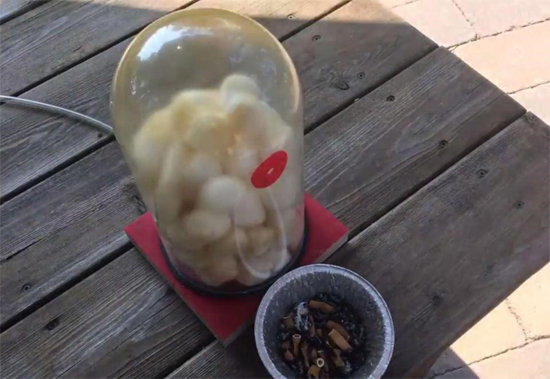
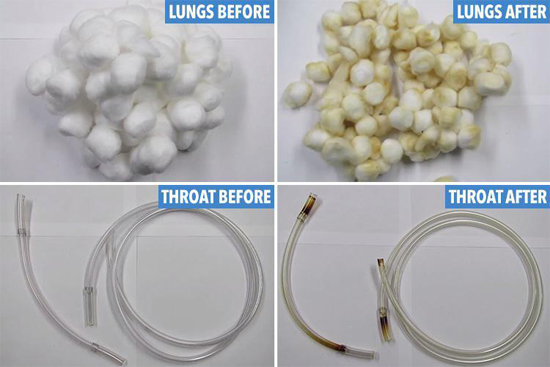
There’s Still Hope
This article isn’t meant to be an extended guilt trip. Its point is not to make you feel bad for your choices. Rather, hopefully it will remind you that you have control over your health. Every day you make a choice that will either build you up or break you down.
It’s never too late to quit. Within 20 minutes of smoking that last cigarette, your body will begin a series of changes that continue for years:
20 Minutes After Quitting
Your heart rate drops.
12 hours After Quitting
Carbon monoxide level in your blood drops to normal.
2 Weeks to 3 Months After Quitting
Your heart attack risk begins to drop.
Your lung function begins to improve.
1 to 9 Months After Quitting
Your coughing and shortness of breath decrease.
1 Year After Quitting
Your added risk of coronary heart disease is half that of a smoker’s.
5 Years After Quitting
Your stroke risk is reduced to that of a nonsmoker’s 5-15 years after quitting.
10 Years After Quitting
Your lung cancer death rate is about half that of a smoker’s.
Your risk of cancers of the mouth, throat, esophagus, bladder, kidney, and pancreas decreases.
15 Years After Quitting
Your risk of coronary heart disease is back to that of a nonsmoker’s.
Yoga practice, proper nutrition and time spent in nature are a great way to quit smoking and recover your health.
yogaesoteric
December 14, 2018
